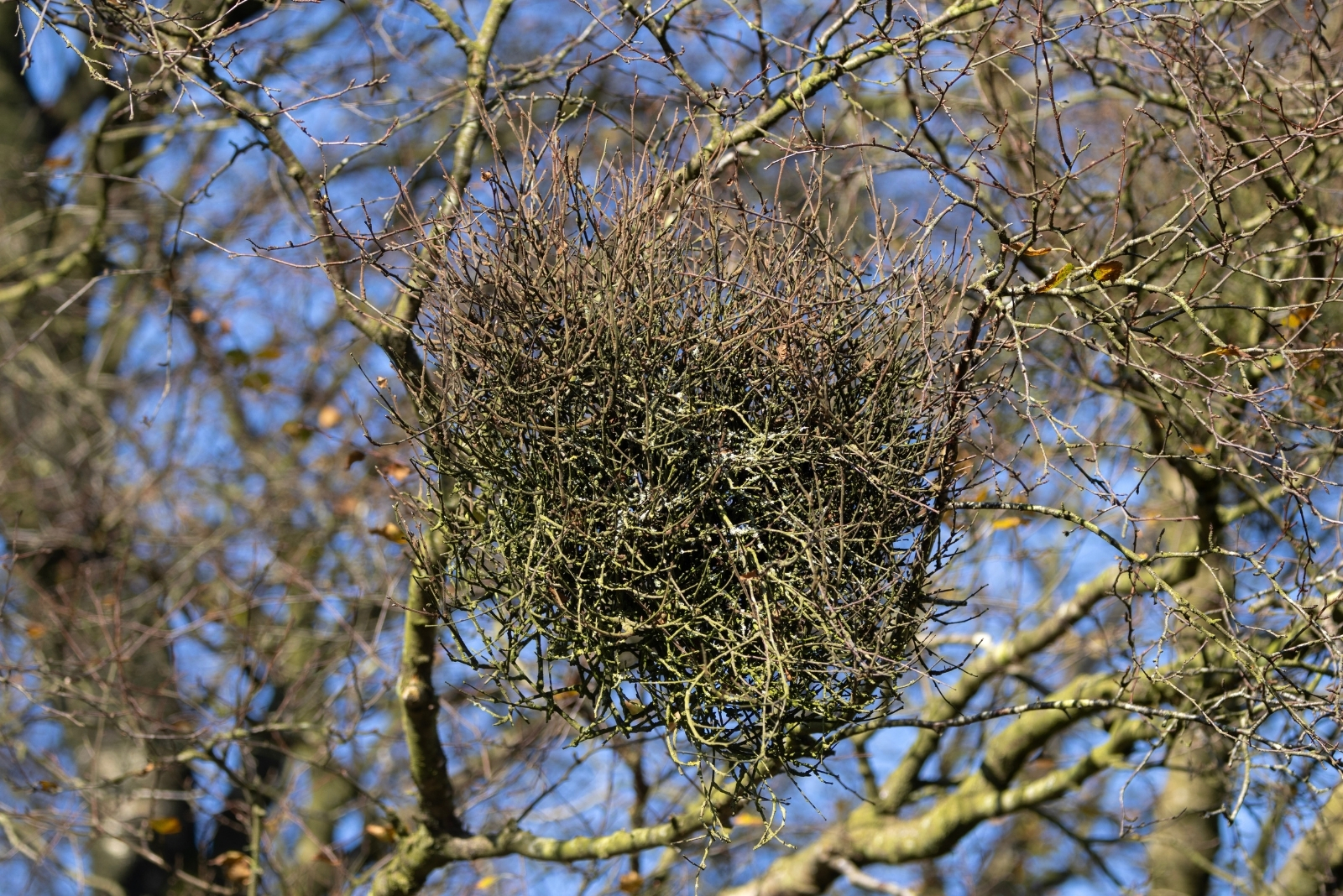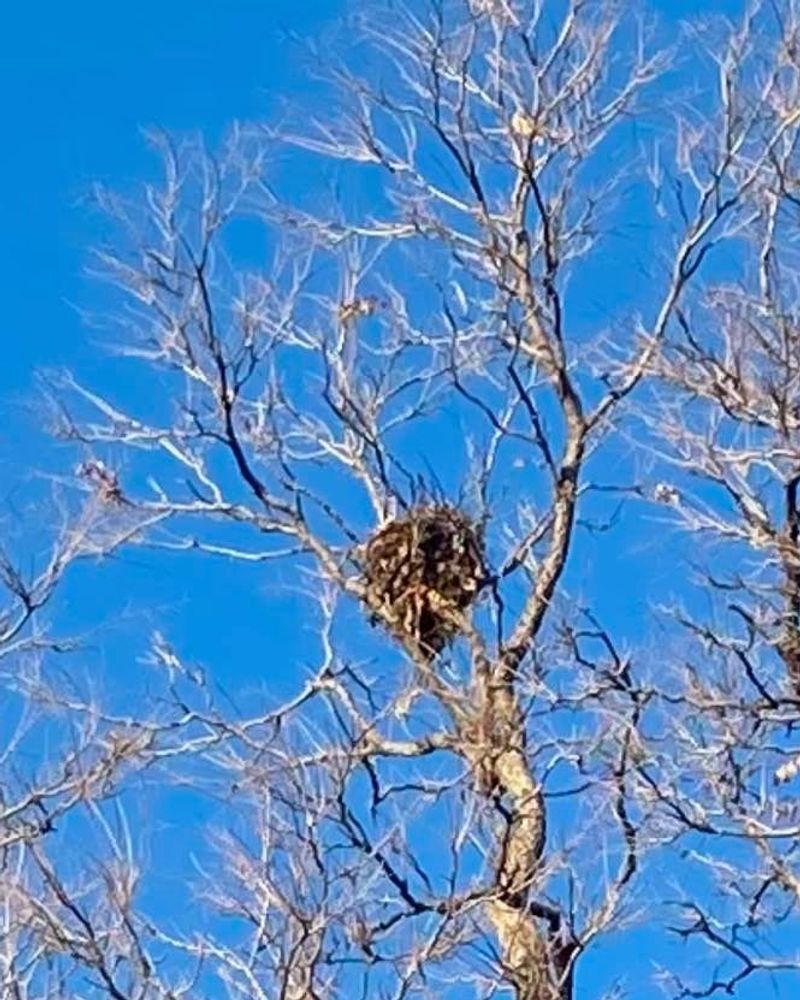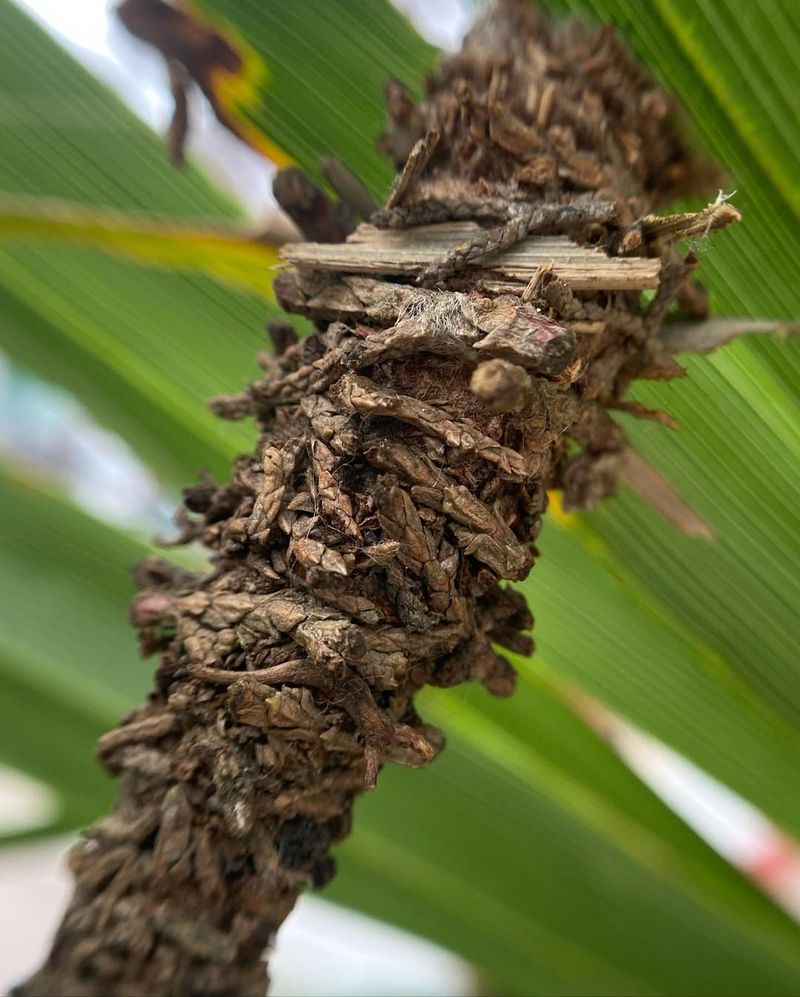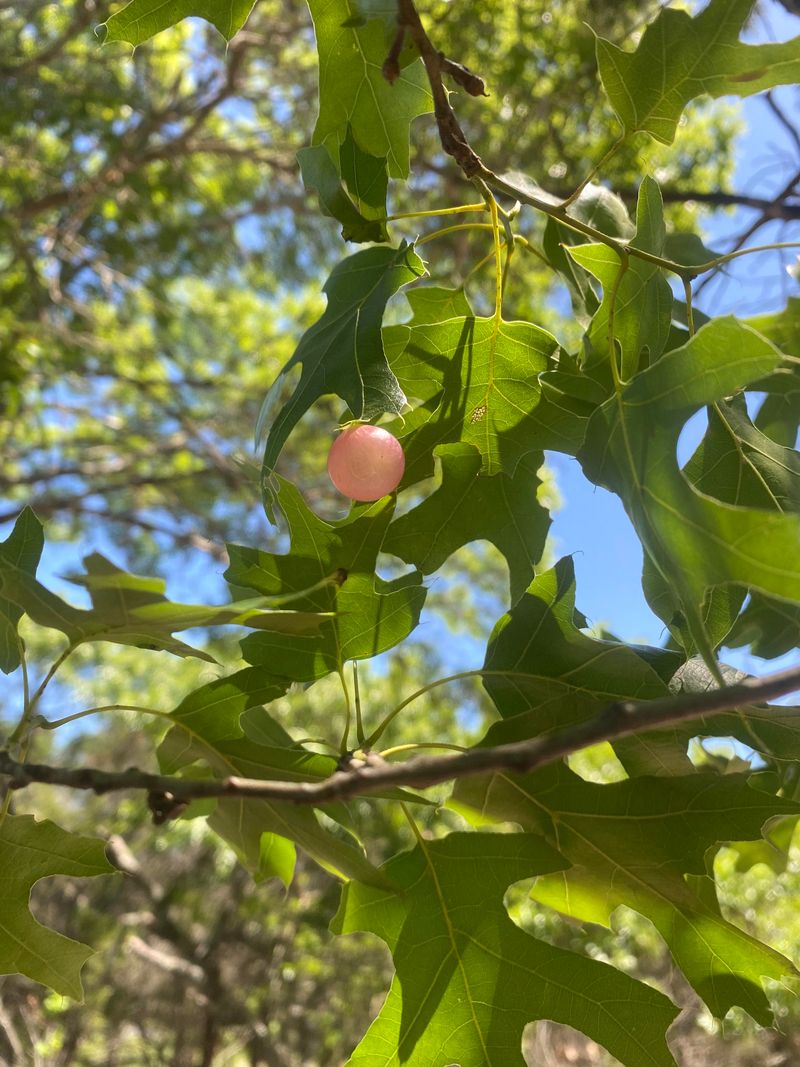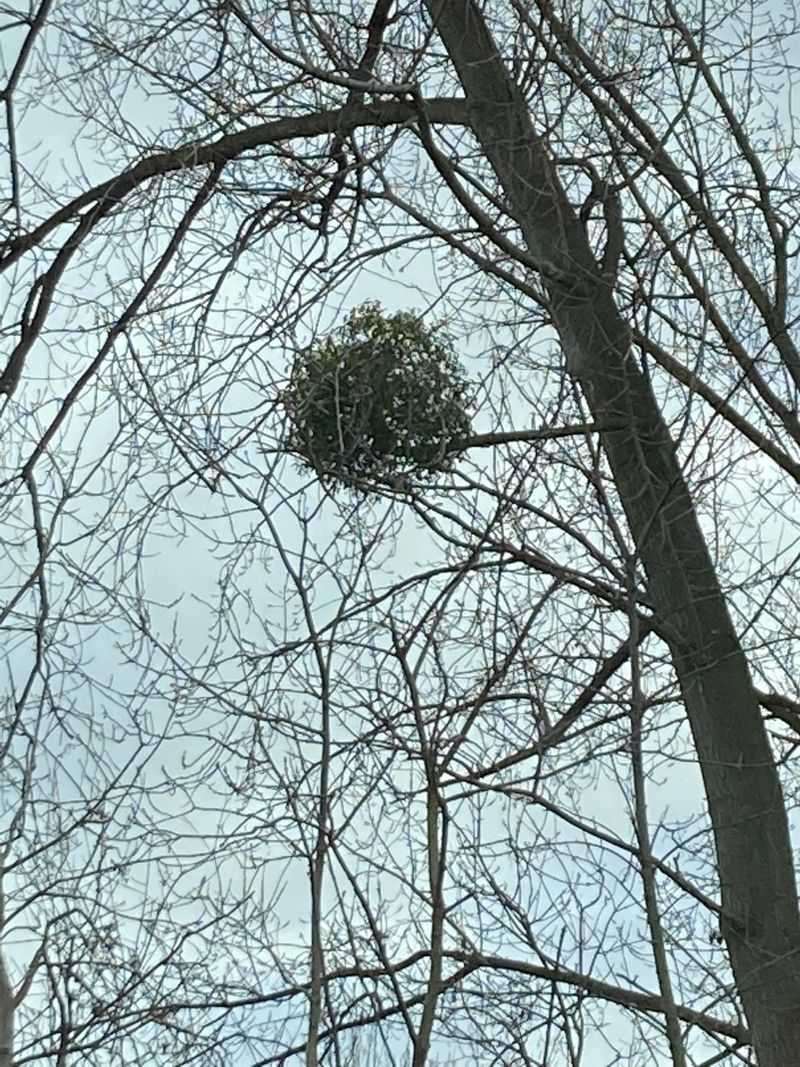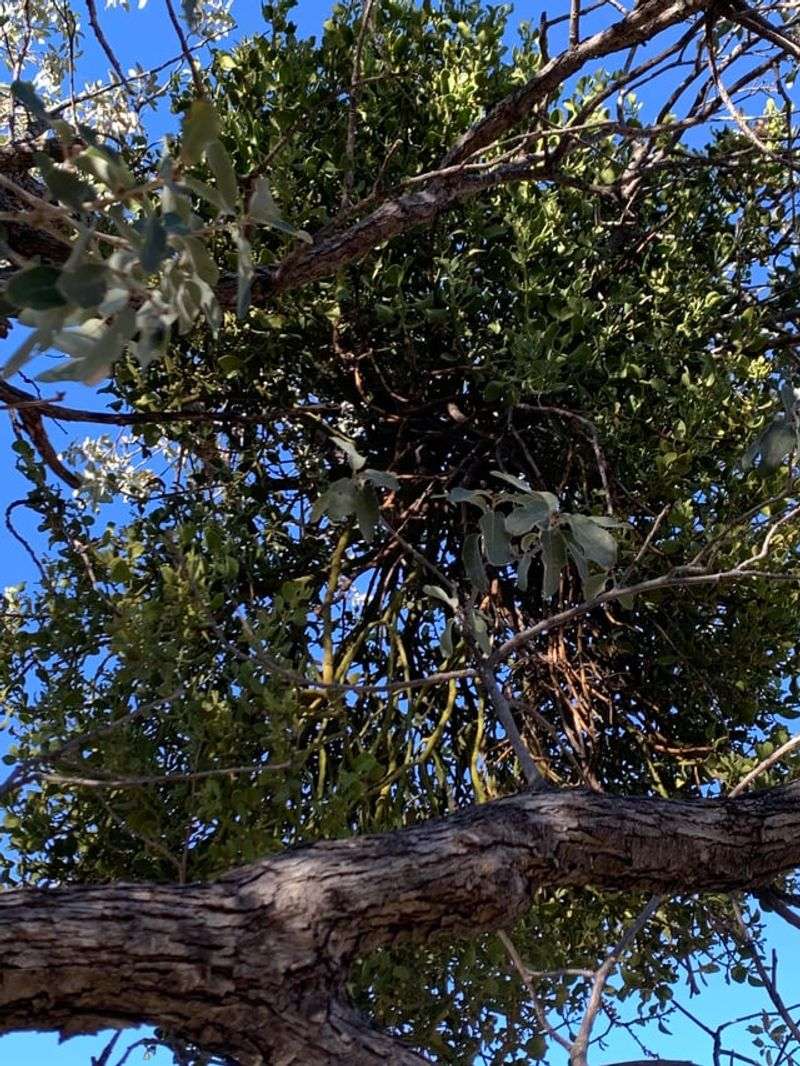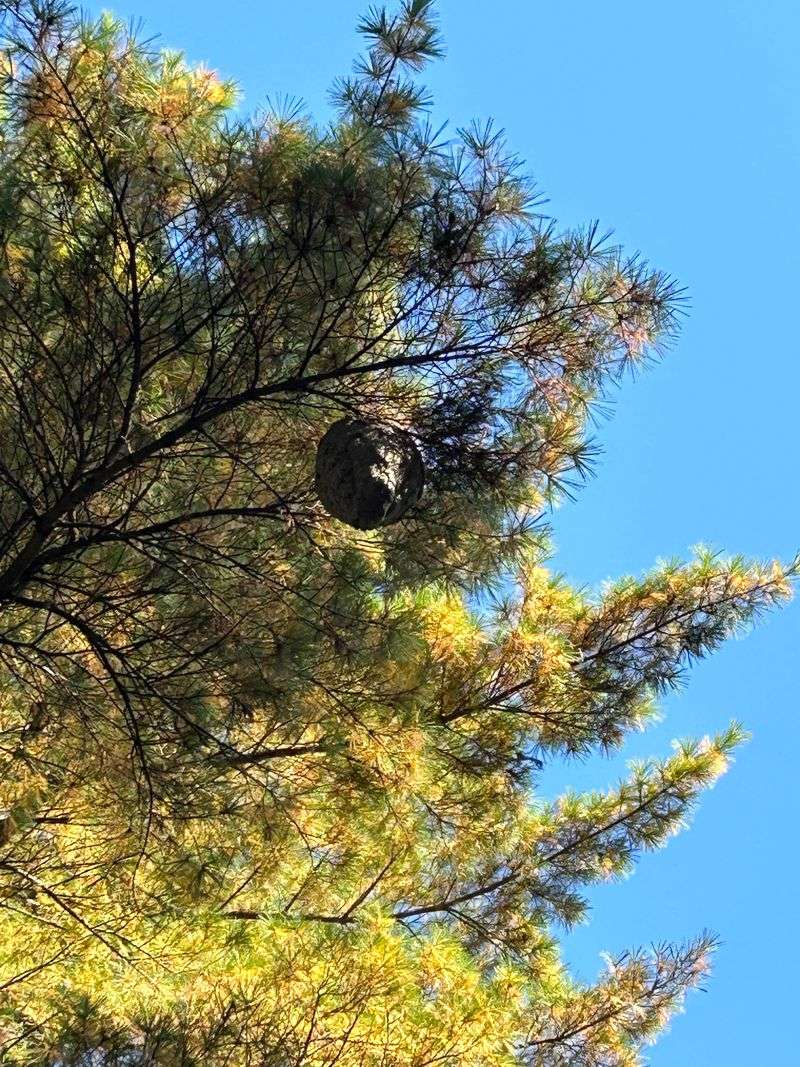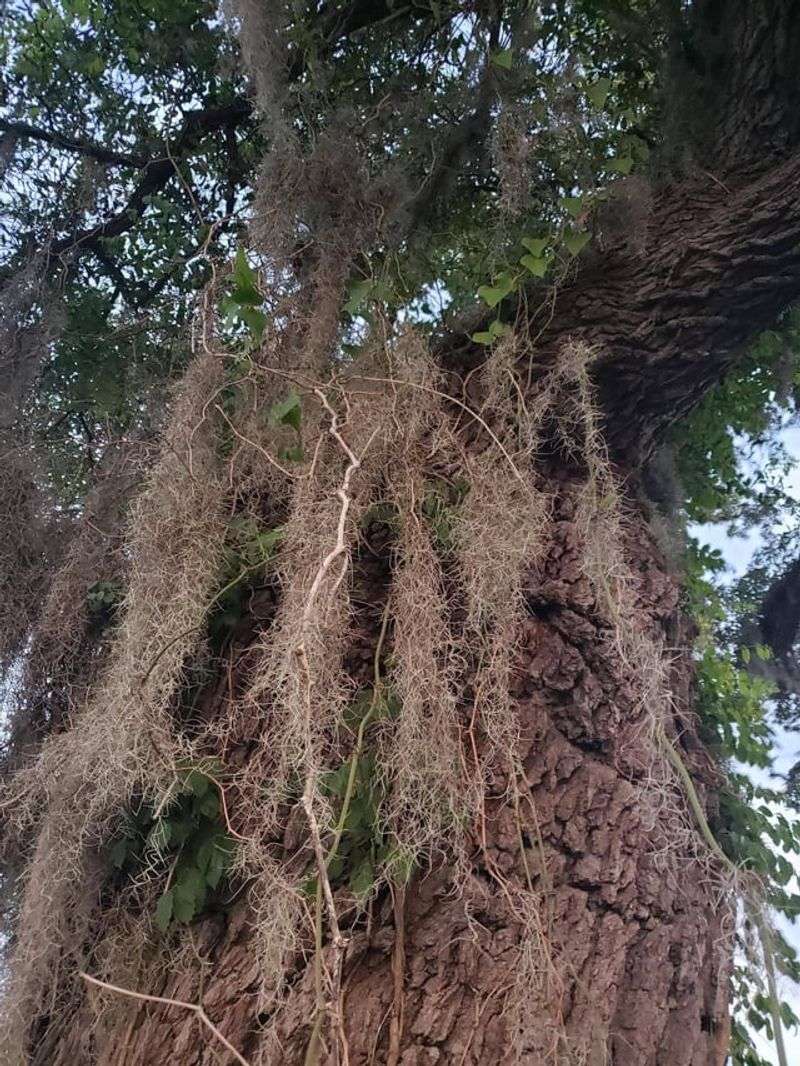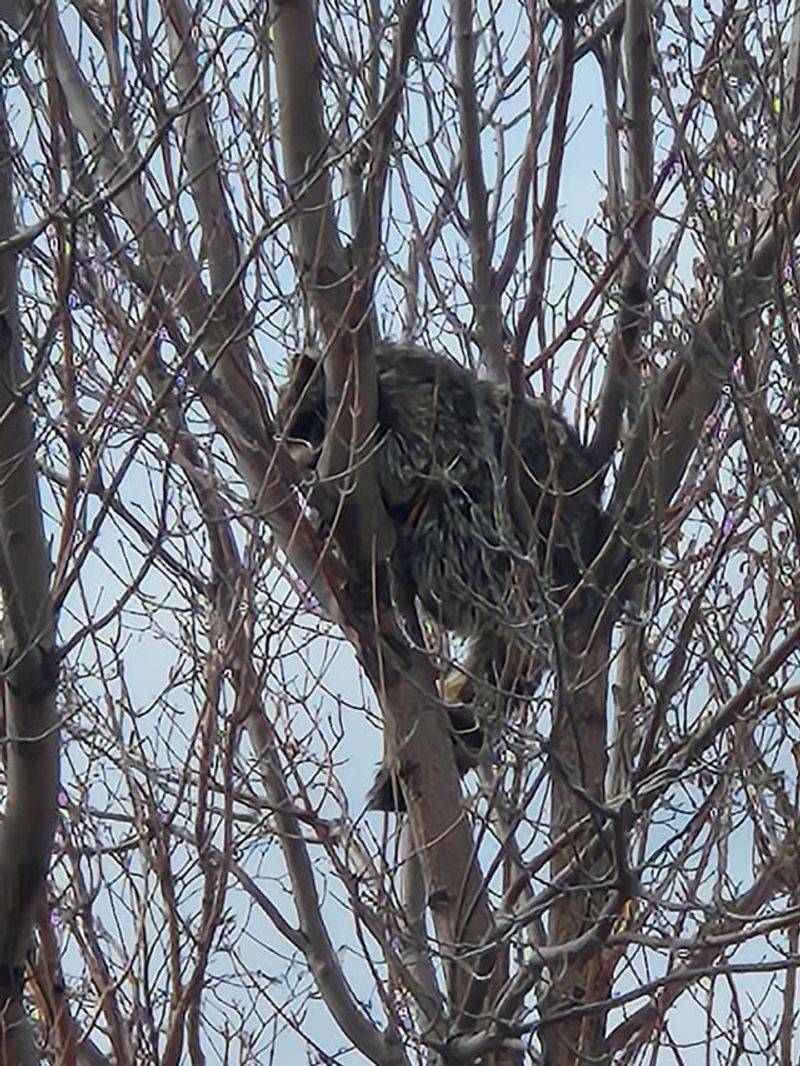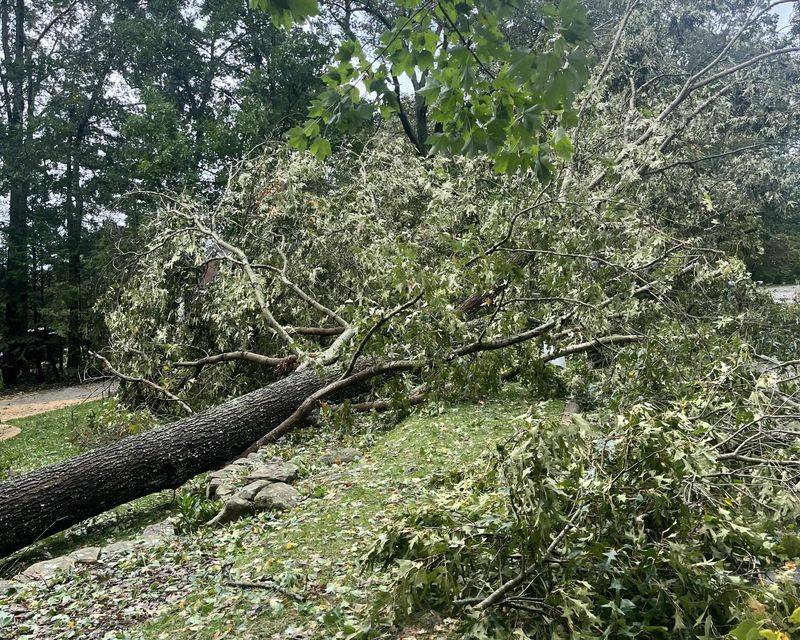If you’ve spotted a ball of leaves dangling in a Louisiana tree, it’s easy to assume birds are calling it home. But appearances can be deceiving — these leafy clusters often have a totally different story.
Some are insect homes, fungal growths, or even mysterious plant structures. Understanding what you’re really seeing can turn a casual glance into a fascinating backyard discovery.
1. Squirrel Dreys Are Common Throughout Louisiana
Squirrels build incredible homes called dreys that look remarkably similar to bird nests. Louisiana’s abundant oak and pecan trees provide perfect locations for these leafy structures.
A drey is typically round and made from tightly woven twigs, leaves, and moss. Squirrels often build multiple dreys throughout their territory as backup shelters.
During Louisiana’s mild winters, you’ll spot these leaf balls more easily once deciduous trees lose their foliage. Watch for squirrels entering and exiting during early morning hours when they’re most active.
2. Bagworms Create Protective Leaf Cocoons
Bagworms are sneaky caterpillars that construct portable homes from silk and plant material. These pests are particularly troublesome for Louisiana homeowners with evergreen trees.
Each bagworm larva builds its own protective case using bits of leaves, twigs, and needles. When many gather on one branch, they can resemble a clumped nest.
Left unchecked, bagworms can seriously damage or kill trees across Louisiana. Remove them by hand during winter months before they hatch in spring and cause widespread defoliation.
3. Leaf Galls Form From Insect Activity
Galls are abnormal growths that develop when insects lay eggs inside tree tissue. Louisiana’s oak trees frequently develop these unusual formations that cluster into ball-like shapes.
Tiny wasps and mites trigger chemical reactions that cause trees to produce protective tissue around their eggs. The result looks like a weird, bumpy ball of leaves.
Most galls won’t seriously harm healthy trees in Louisiana, though they might look concerning. They’re actually fascinating examples of how insects manipulate plant biology for their own benefit.
4. Mistletoe Clumps Thrive in Southern Trees
Mistletoe is a parasitic plant that forms distinctive green balls in Louisiana tree canopies. Unlike nests, mistletoe stays green year-round and grows directly from branches.
Birds spread mistletoe seeds through their droppings, which is why you’ll find it high in trees. The plant sends roots into the host tree to steal water and nutrients.
While mistletoe adds holiday charm, heavy infestations can weaken trees throughout Louisiana. Professional arborists recommend pruning infected branches to protect tree health and prevent further spread.
5. Witch’s Broom Disease Creates Dense Growth
Witch’s broom is a plant disease that causes abnormal branch growth into tight, broom-like clusters. Fungi, viruses, or mites can trigger this bizarre condition in Louisiana trees.
Infected branches produce excessive shoots that grow close together, forming dense balls of twigs and leaves. The clusters can reach impressive sizes over several years.
While witch’s broom looks alarming, it rarely kills trees in Louisiana. However, pruning affected branches improves tree appearance and prevents the condition from spreading to healthy growth areas.
6. Paper Wasp Nests Resemble Leafy Structures
Paper wasps construct impressive nests from chewed wood fibers mixed with saliva. Louisiana’s warm climate supports multiple wasp species that build throughout spring and summer.
From a distance, especially when partially covered by leaves, wasp nests can look like harmless leaf clusters. Getting too close without realizing what you’ve found can lead to painful stings.
Always observe suspicious tree balls from a safe distance in Louisiana. If you spot wasps flying in and out, contact pest control professionals rather than attempting removal yourself.
7. Spanish Moss Accumulations Look Like Nests
Spanish moss is an iconic Louisiana plant that drapes gracefully from tree branches. Wind and animals sometimes bundle it into dense clumps that resemble nests.
Despite its name, Spanish moss isn’t actually moss—it’s an air plant related to pineapples. It absorbs moisture and nutrients directly from Louisiana’s humid air.
Birds often incorporate Spanish moss into their actual nests, adding to the confusion. Look closely for the characteristic silvery-gray strands that distinguish moss clumps from true bird nests in Louisiana trees.
8. Raccoon Leaf Beds Provide Daytime Shelter
Raccoons are surprisingly skilled at building temporary leaf platforms for resting during daylight hours. Louisiana’s raccoon population frequently uses trees as safe daytime hideouts.
Unlike permanent dens, these leaf beds are loosely constructed and may only last a few days. Raccoons gather available leaves and small branches into comfortable sleeping spots.
If you notice the leaf ball seems to change size or disappear entirely, a raccoon might be the architect. These clever mammals are common throughout Louisiana and adapt well to urban environments.
9. Storm Debris Gets Caught in Branches
Louisiana’s frequent thunderstorms and occasional hurricanes send leaves and debris flying through the air. Wind can wedge this material into tree branches, creating convincing nest-like formations.
After major weather events, check whether your leaf ball appeared suddenly. Storm debris typically looks messier and less structured than animal-built nests.
These accidental accumulations might also trap additional windblown material over time, growing larger. Eventually, most storm debris falls apart naturally, unlike the sturdy construction of actual Louisiana wildlife homes.

